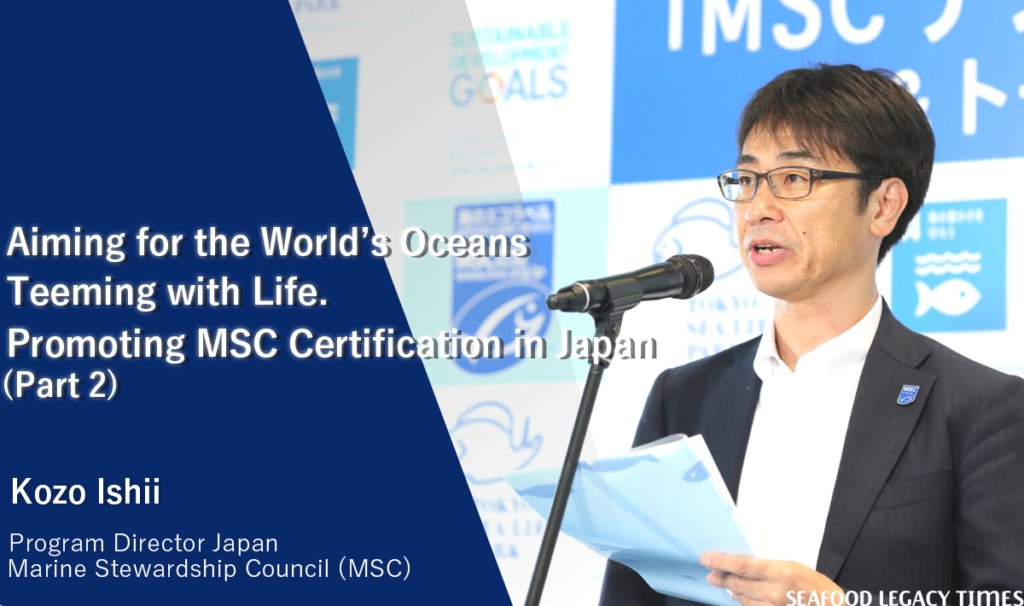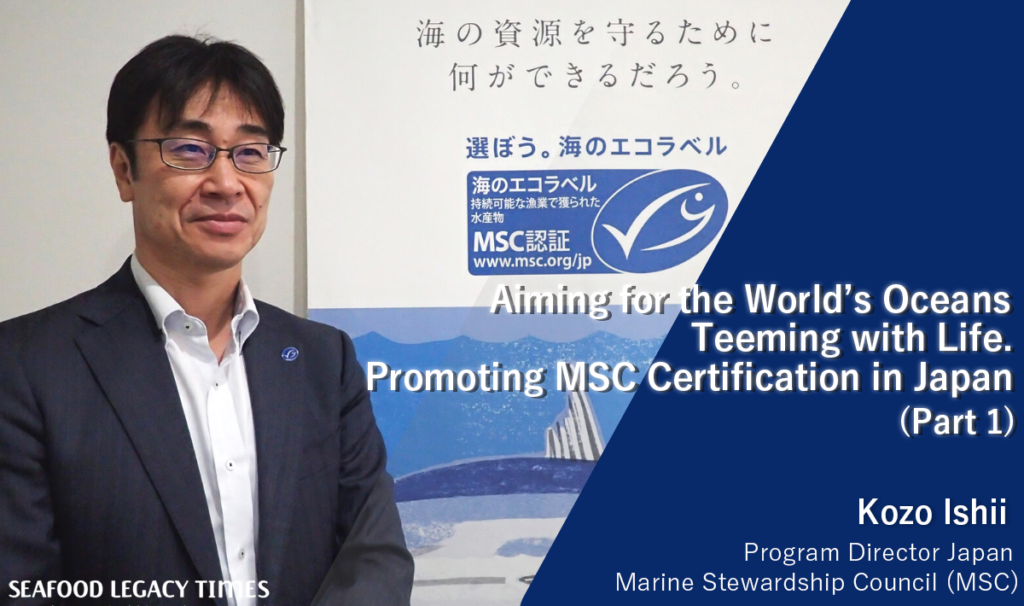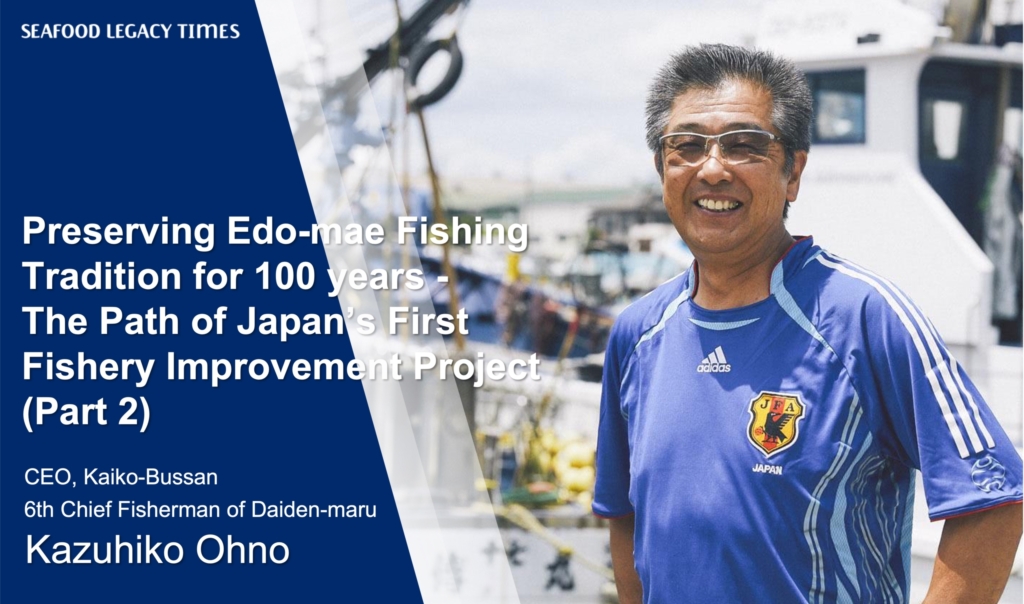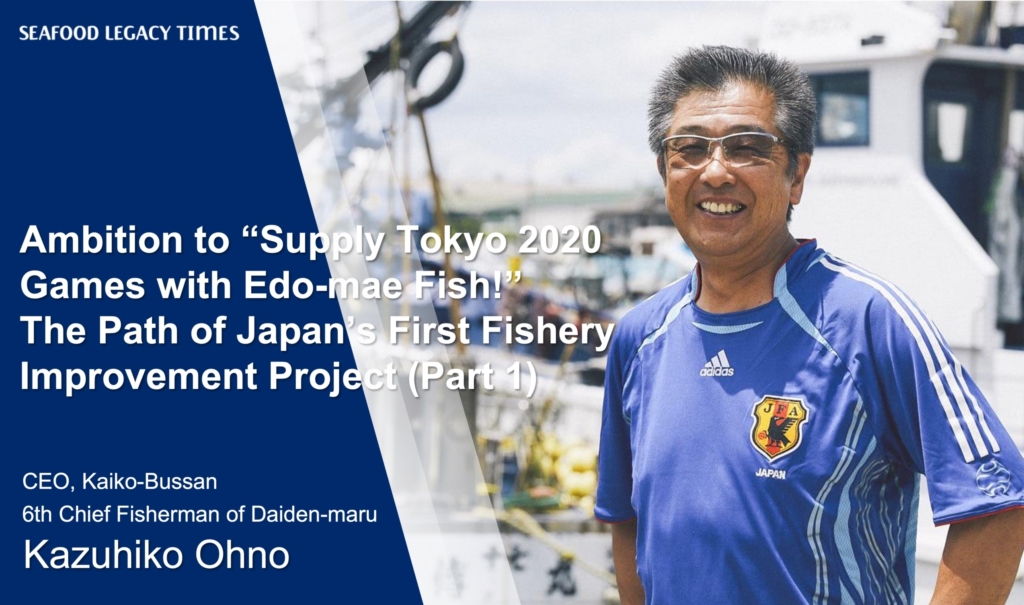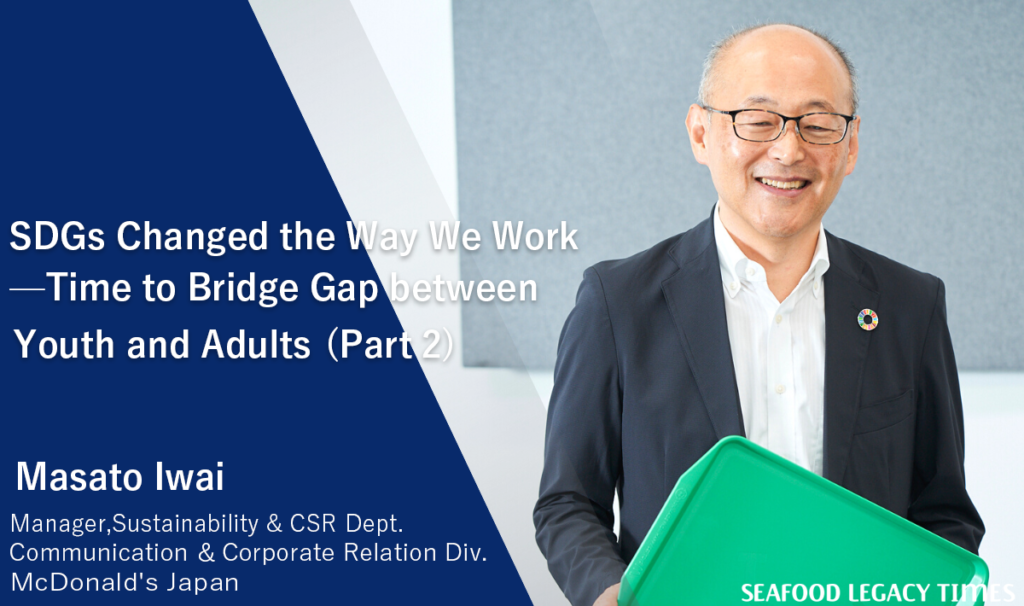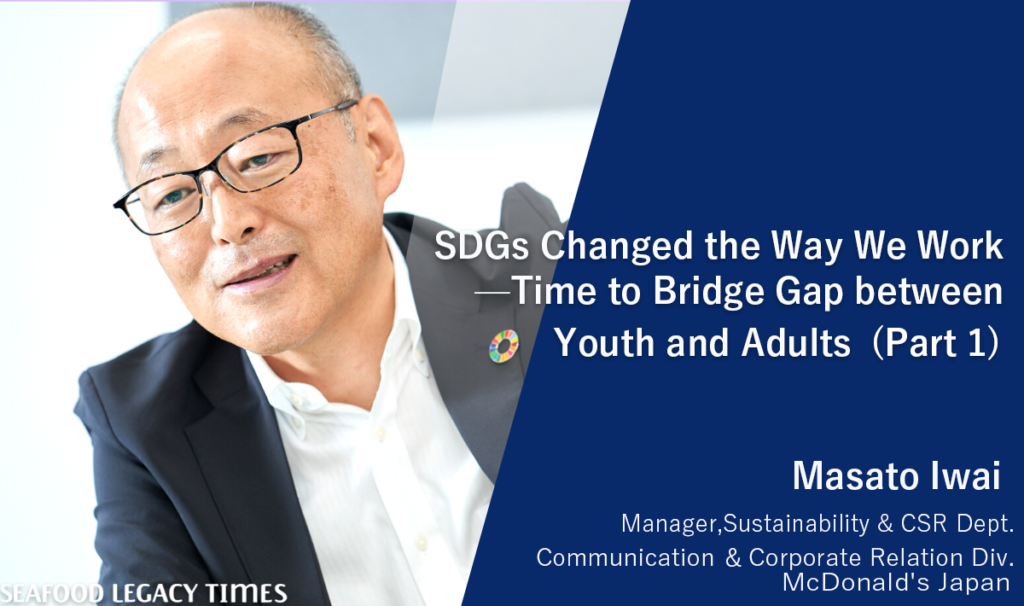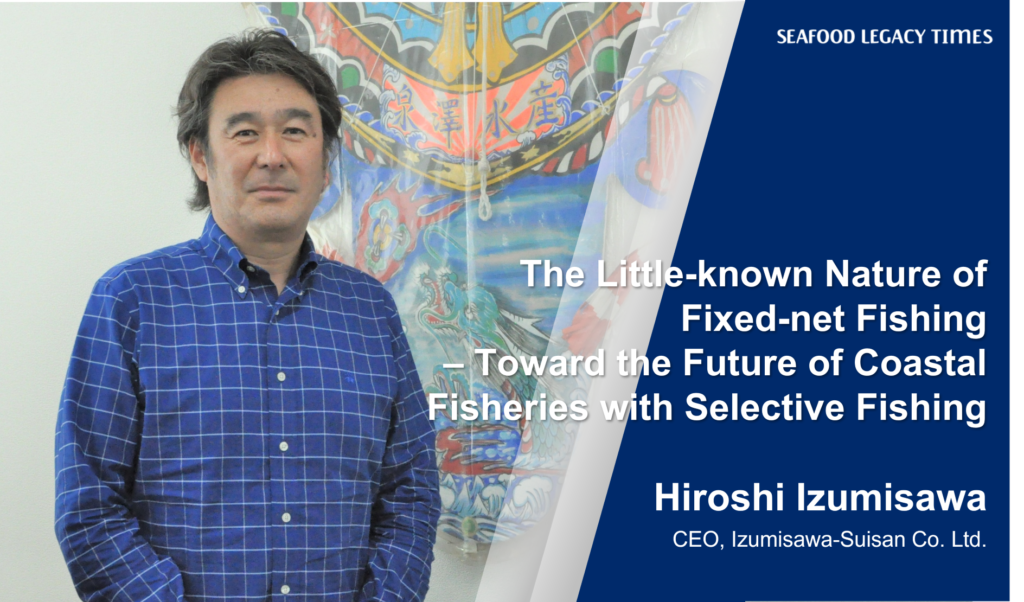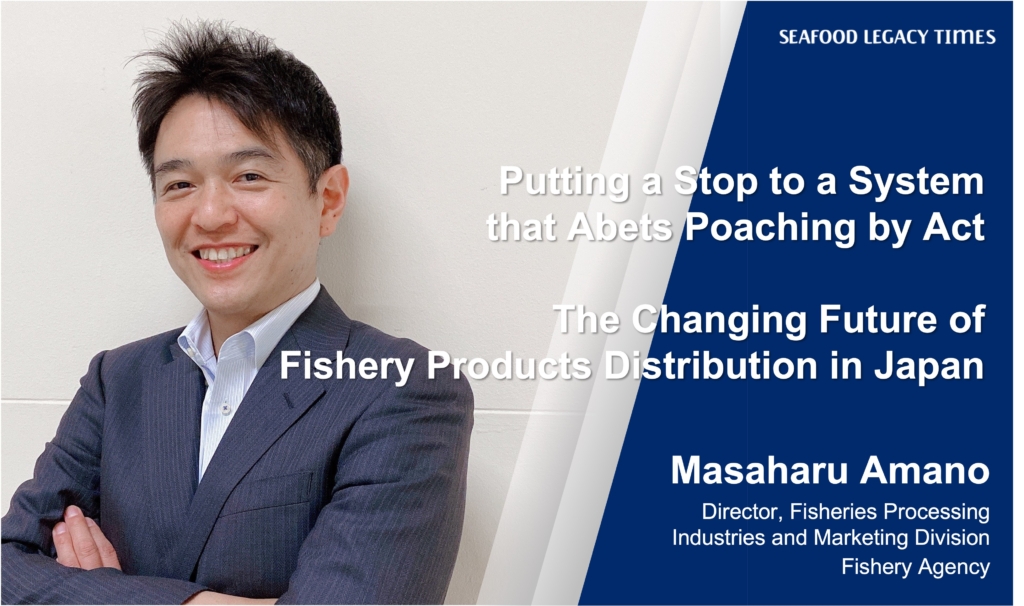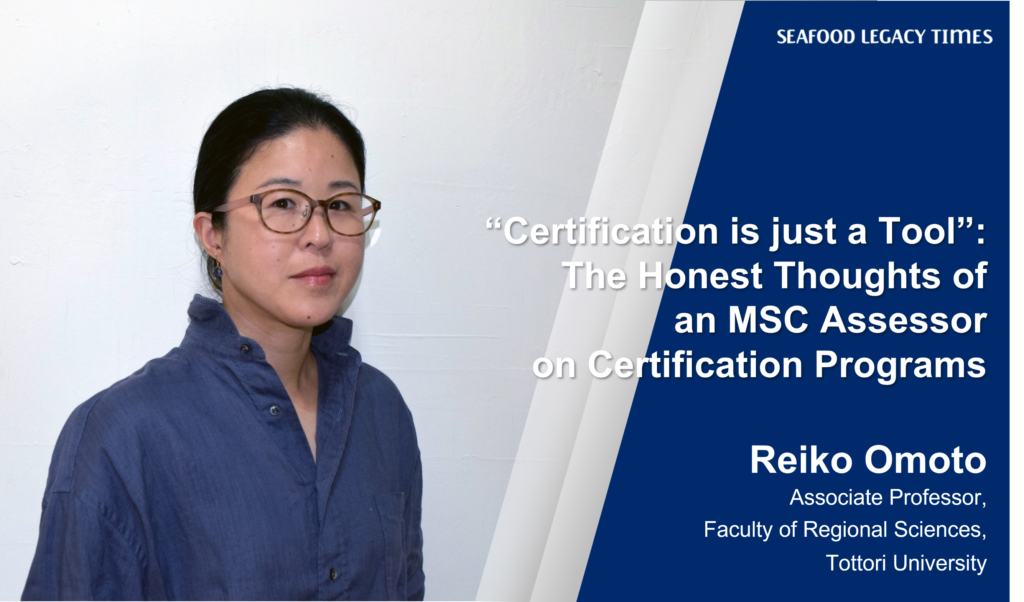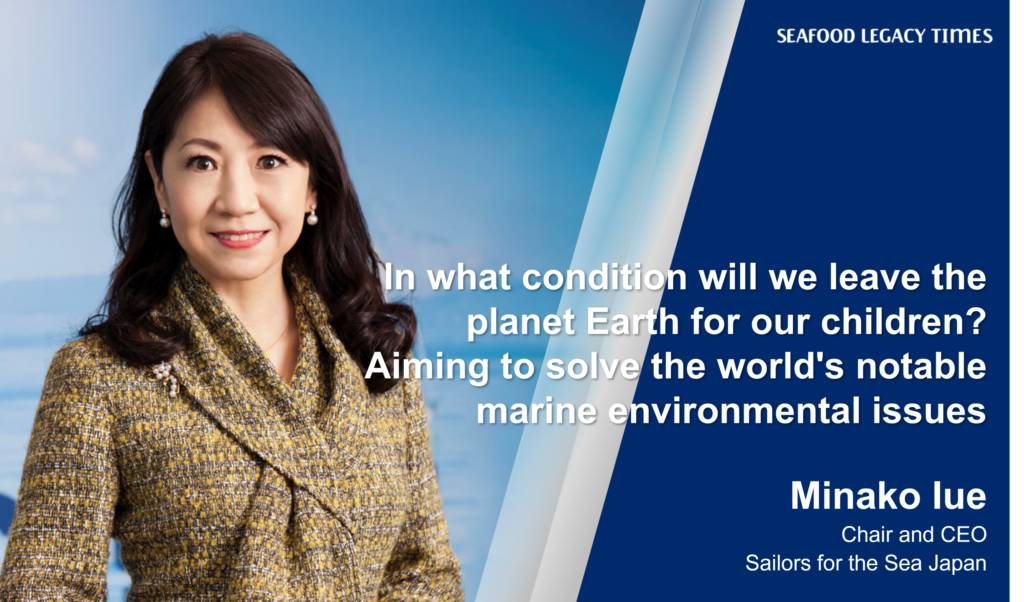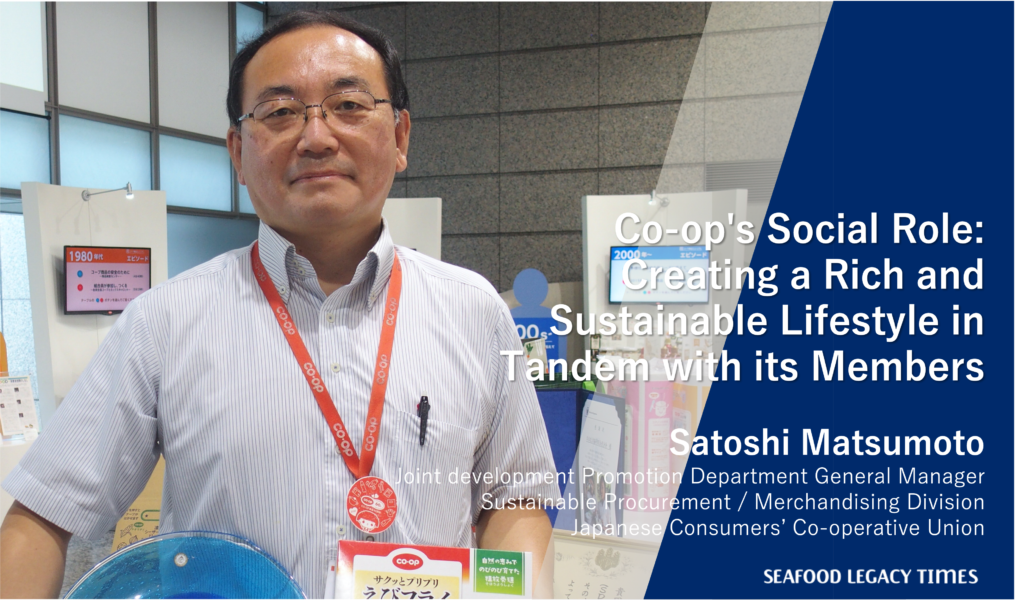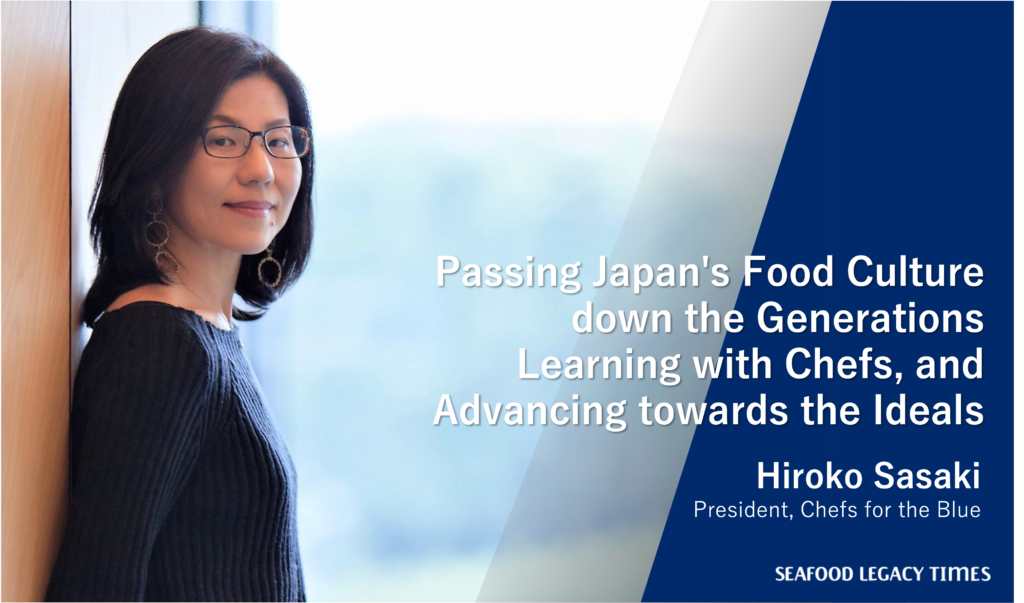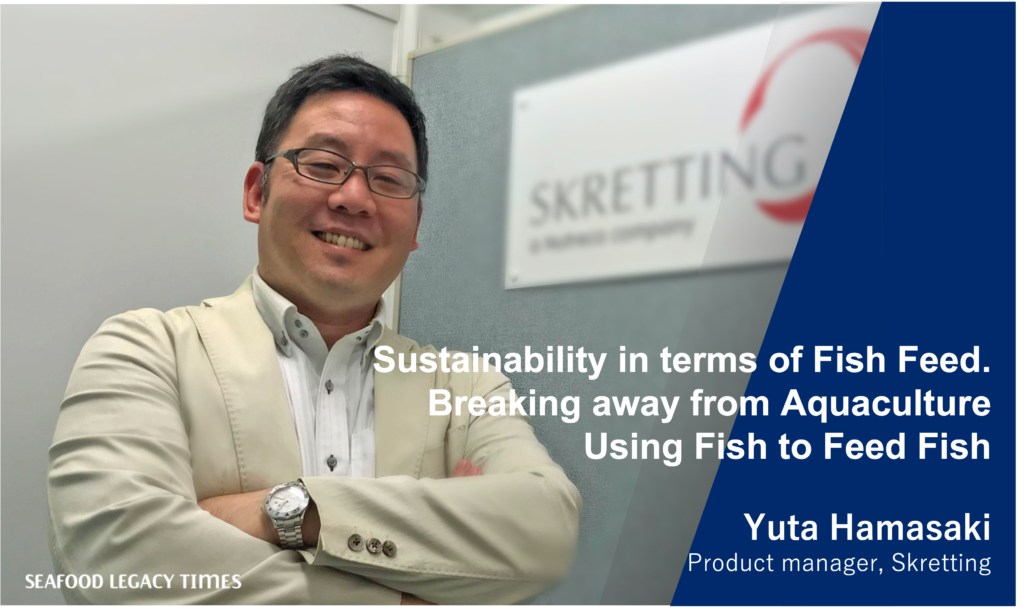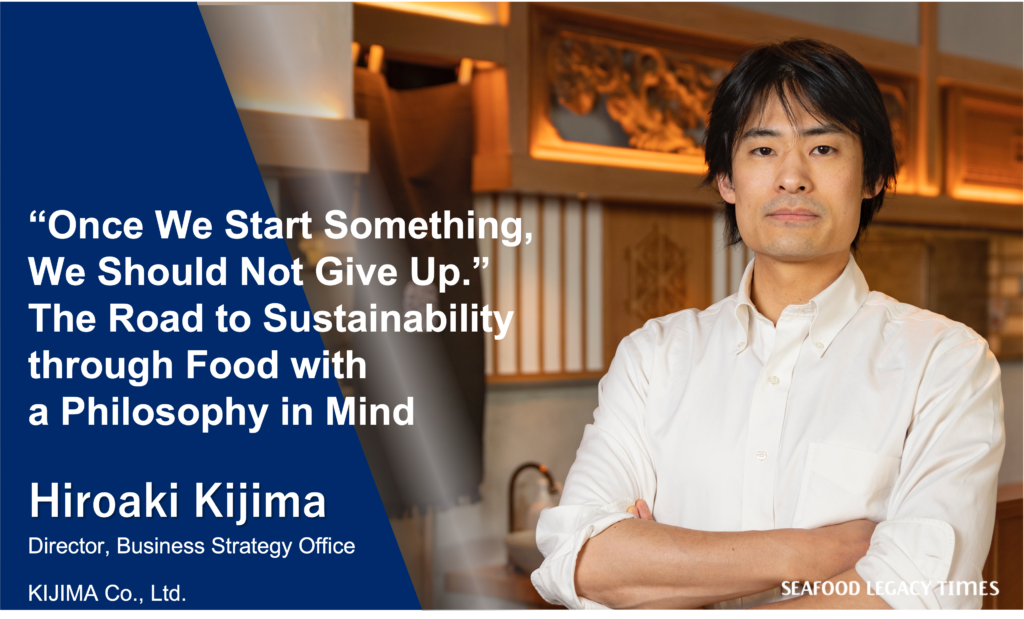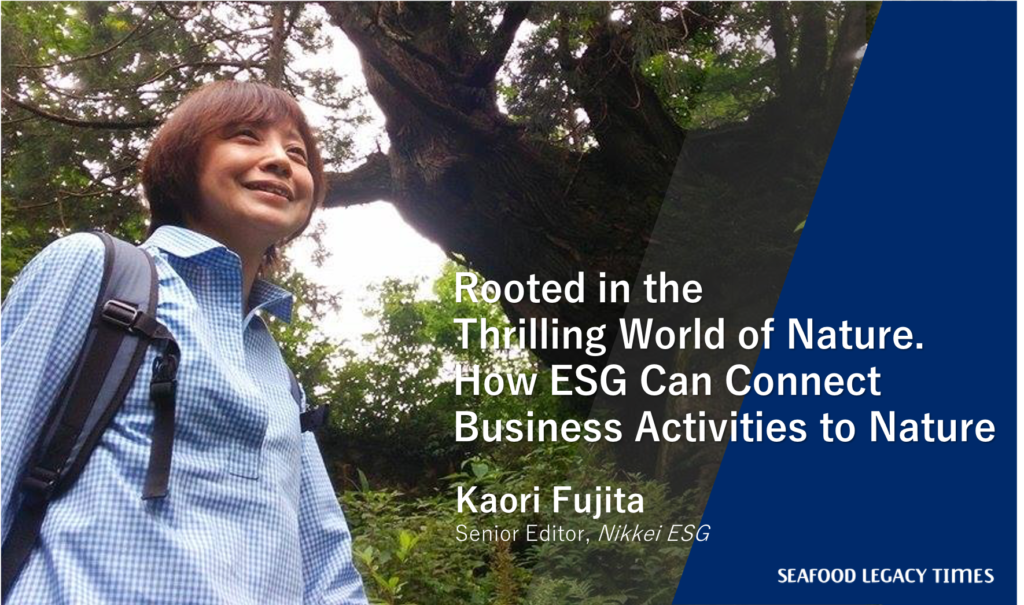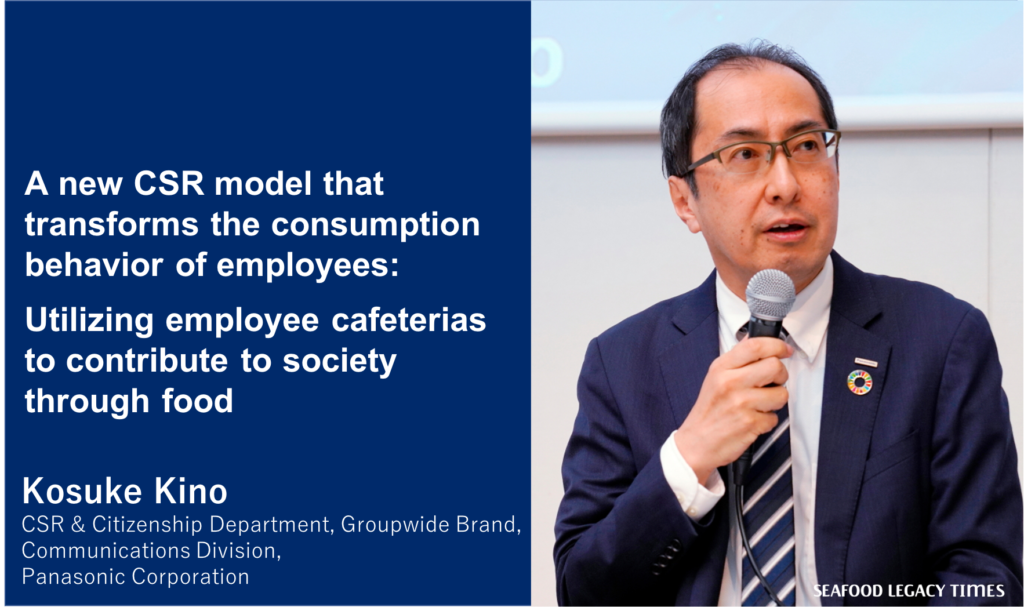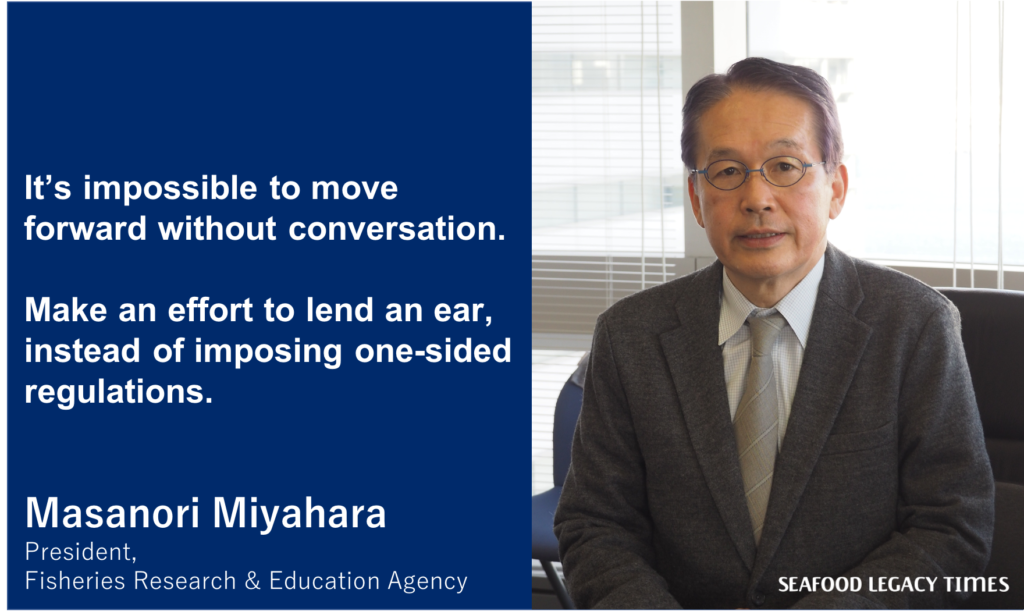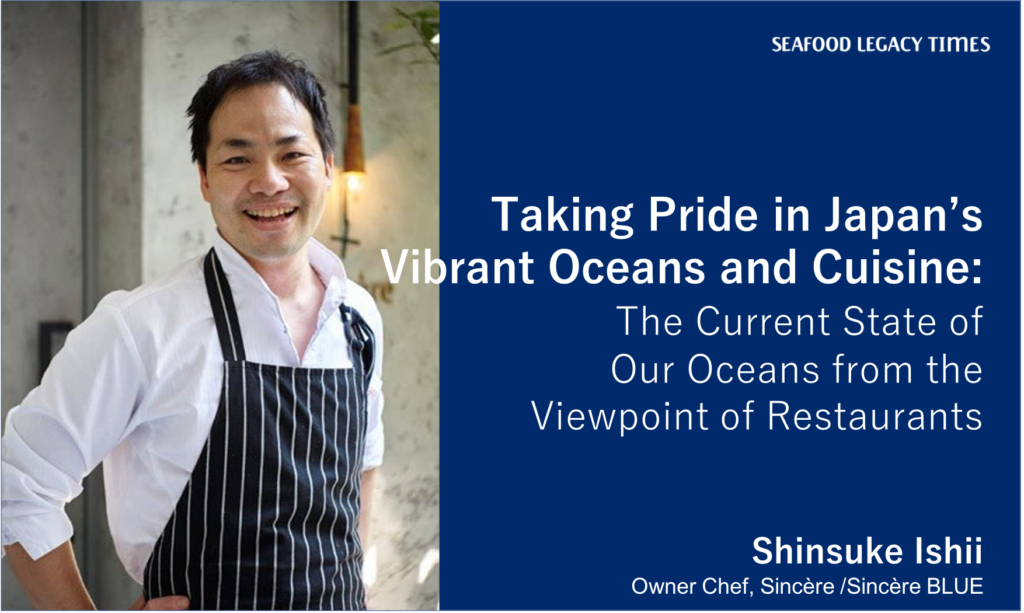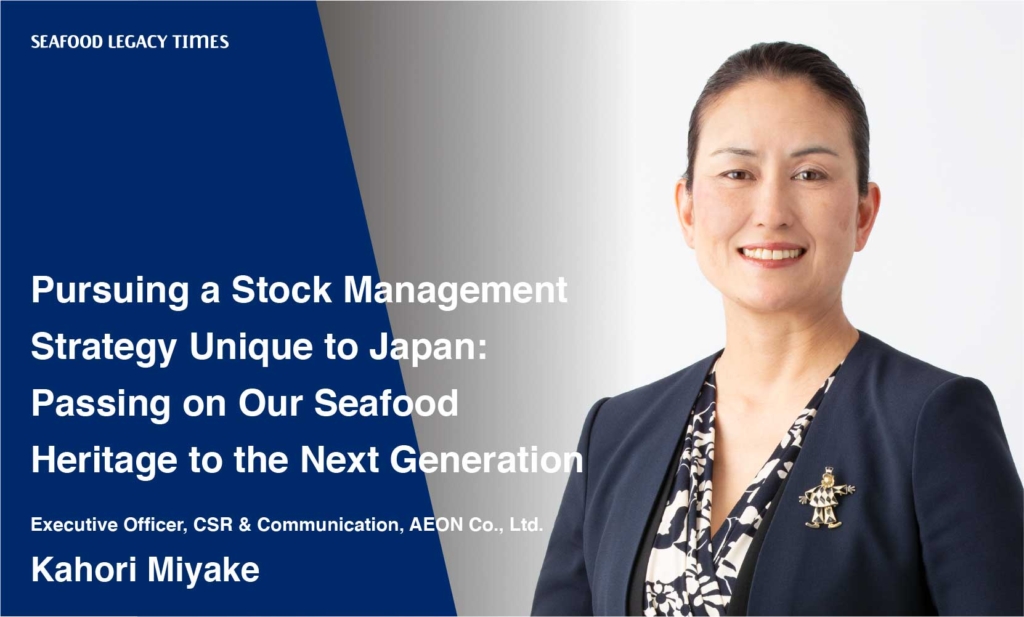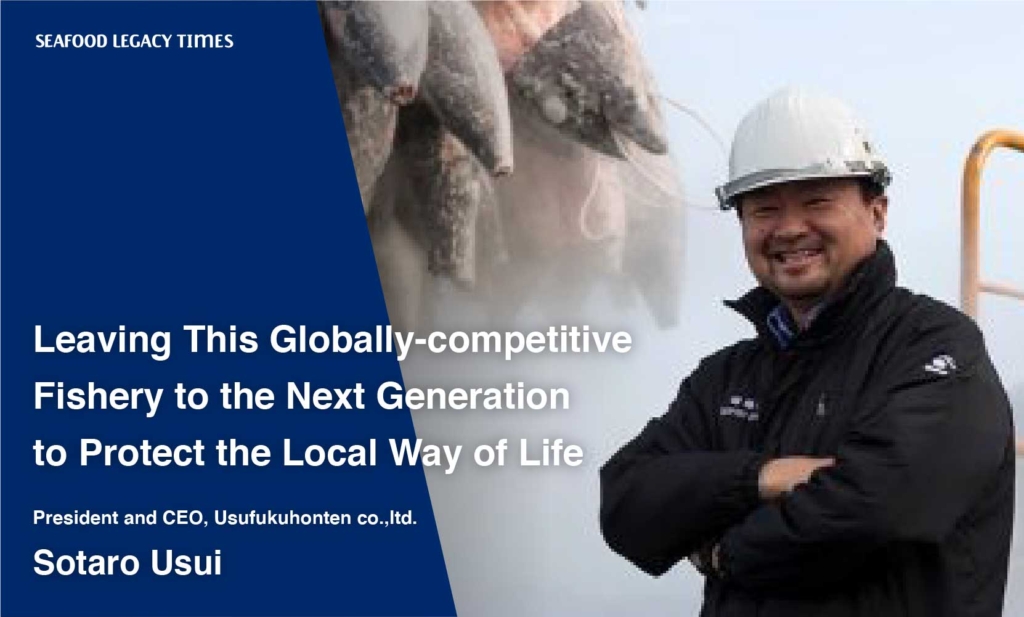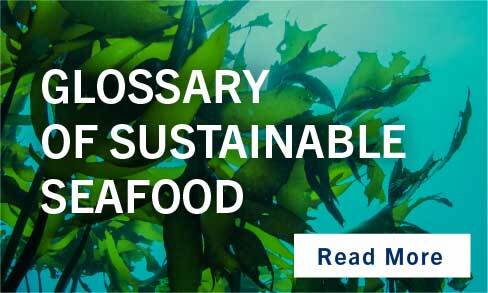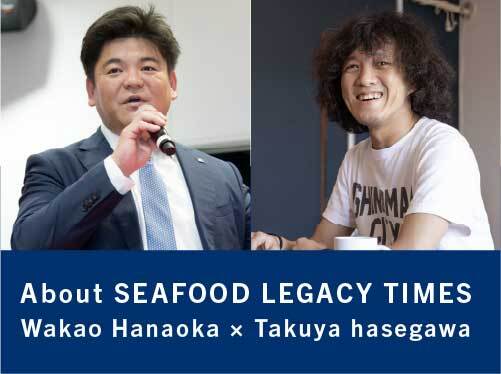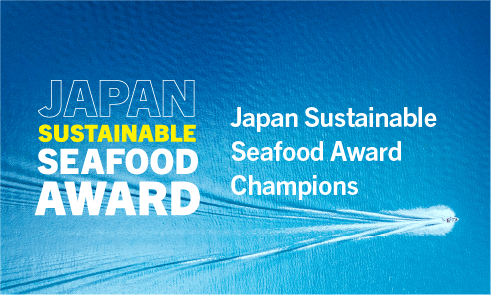
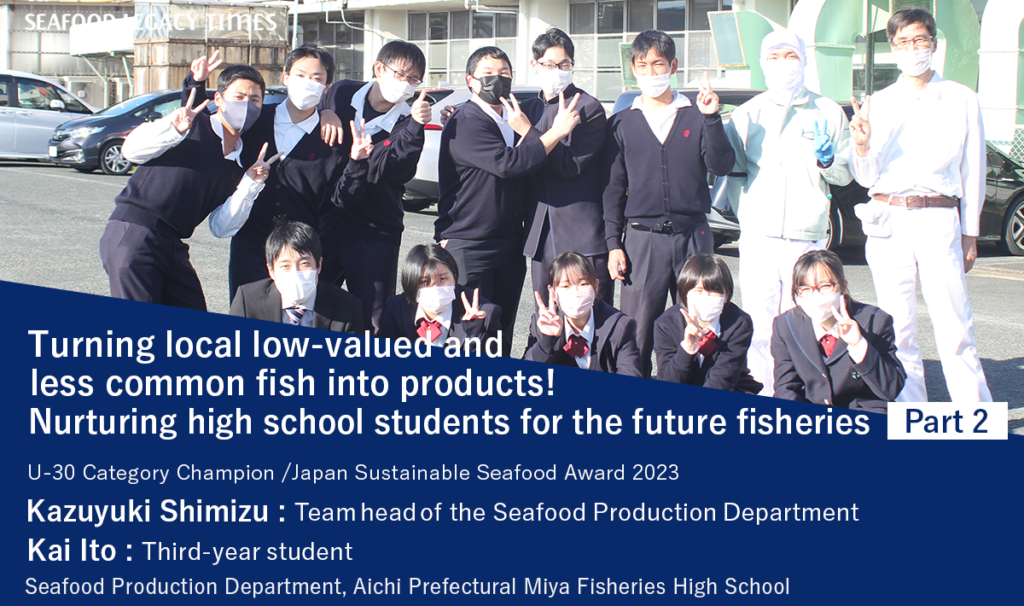
Aichi Prefectural Miya Fisheries High School developed a fried hanpen (a kind of a fish cake) using jinken shrimp, an low-valued and less common resource that is usually discarded when caught, and was selected as champion of the U-30 division at the Fifth Japan Sustainable Seafood Award.
How did the development of the fried jinken shrimp hanpen begin, and what sort of difficulties were involved? We interviewed Kazuyuki Shimizu, the director of the Seafood Production Department at Aichi Prefectural Miya Fisheries High School, and Kai Ito, a third-year student. They told us about their goals for the future and their thoughts about Japan’s fisheries.
——Tell us about your experience developing the fried hanpen using jinken shrimp.
Mr. Shimizu:
I’ve had my eyes on jinken shrimp for a few years, and through the students’ trial and error, we were able to dry them with the shells on and powderize them to make Furikake(dried rice seasoning). After that, thanks to the help of YAMASA Chikuwa, we added powderized jinken shrimp to a hanpen, resulting in this product. Cooking it brings out the fresh red color of the jinken shrimp, making this product very visually appealing as well.

——Mr. Ito, at what point did you become involved in the development?
Mr. Ito:
I started working on this project three years ago when the fried jinken shrimp hanpen was served with lunch at an elementary school. We wanted them to see that jinken shrimp were delicious and connect that to increased demand for the product. That was during the COVID-19 pandemic, so we weren’t able to visit the elementary school in person, but we presented the product by using Zoom, watched the students eating it, and heard their feedback.
Mr. Shimizu:
The next step was to get a retail store to sell them for us. We first aimed to get them sold in a supermarket, but the production process is complex and the unit price is a bit high, so we ended up selling them in a department store. On October 28th and 29th, 2023, they were sold during a two-day event held at JR Nagoya Takashimaya.

Mr. Ito:
I was also on the sales floor, and I was glad to have the customers buy the product after listening to my explanation and even just say it was delicious when they tried a sample. We had prepared around 100 packs with two pieces of hanpen in each (¥324), and we were able to sell all of them.
Mr. Shimizu:
A lot of people like shrimp, and when we explained that we left the shells in, making it a great source of calcium, many people took an interest in it. Moving forward, we’d like for supermarkets around the school to sell it for us, but for that to happen, we’d have to lower costs, so that’s the next issue for us to solve.
YAMASA Chikuwa, the company that makes the product for us, employs several former students of Aichi Prefectural Miya Fisheries High School (Miya Fisheries High School), and a student of mine from when I was first assigned there is making the jinken shrimp powder for us. I just spoke to him and said that I look forward to working with him next year.
——What sort of difficulties did you encounter during this fried jinken shrimp-hanpen project?
Mr. Shimizu:
I think that my role as a teacher for this project is to connect the businesses with my students. However, they’re only high school students, and they aren’t used to expressing their opinions to adults. That’s why I’m always thinking about how to encourage them. We do thorough study beforehand, practice answering questions, and improve communication skills. That’s both a difficult and important thing.
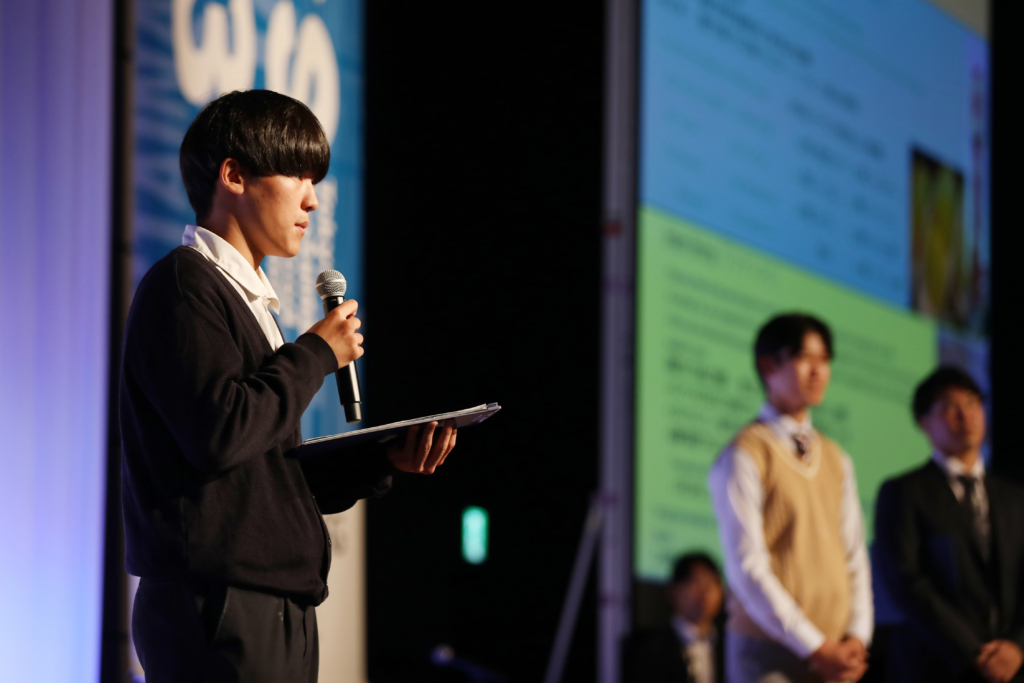 Mr. Ito giving a presentation at the Fifth Japan Sustainable Seafood Award
Mr. Ito giving a presentation at the Fifth Japan Sustainable Seafood AwardMr. Ito:
I felt that naming the product was difficult. We discussed ideas with other students and presented them to YAMASA Chikuwa, but the name that we all thought would be fantastic actually had a lot of points for improvement in order to make it a name that would sell. The hanpen looks like Chizimi(Korean pancake), so we originally had a Korean word in the name, but in the end we decided to name it “Marutto Ebi Taro” to clearly convey that it contains whole Jenken shrimp.
We also included other ingredients besides the jinken shrimp thought onions would be good, but it was decided to use cabbage instead for reasons like the flavor balance and water content. When we actually taste-tested the products, the cabbage one tasted the best, and that was an unexpected discovery.
——Finally, please tell us about your goals for the future and your thoughts about Japan’s fisheries.
Mr. Shimizu:
Regarding the fried jinken shrimp-hanpen, we’re aiming to make it a regular product sold at local supermarkets. In order to do that, we’ll need to make sure we can provide a stable supply even in times when there’s a shortage of jinken shrimps, so we’d like to use other things like greeneye and deep-sea smelt to make an entire line of fried hanpens.
Regarding Japan’s fisheries, the scale of fishing is shrinking every year, and it seems to me that the decline in fishermen is a problem. It’s for this reason and more that I want to continue to teach at Miya Fishery High School and create more and more valuable human resources that will support Japan’s fisheries.
Mr. Ito:
I’m currently in my third year of high school, and after I graduate, I’ll work at YAMASA Chikuwa. I’ll start out cutting fish, but eventually I’d like to be able to mold Kamaboko(fish cake), something that only veteran staff can do. Also, I’d like to actively make use of the knowledge I gained at Miya Fisheries High School in my work.
About Japan’s fisheries, I feel that there are fewer people interested in fish today than when I was young, and fewer people are seeking employment in fisheries. Going forward, I think it will be important to use such tools as social media to communicate the appeal of fish to the young generation.
Seafood Production Department, Aichi Prefectural Miya Fisheries High School
This is a prefectural high school located in Suijin Chidori, Miya-cho, Gamagoro, Aichi Prefecture, and the only fisheries high school in the prefecture. It was founded in 1943. They currently have four departments: Marine Science, Communication Engineering, Marine Resources, and Seafood Production. In the Seafood Production Department, students learn about food, something that connects people to people, regions to regions, and countries to countries. They study food distribution, food management, and more, with a focus on seafood processing, and carry out product development using the knowledge they gain. This product development takes an SDGs perspective by actively utilizing low-valued and less common fish.
https://miyasuisan-h.aichi-c.ed.jp/ka05/ka.html
Original Japanese text: Shino Kawasaki










-1024x606.png)


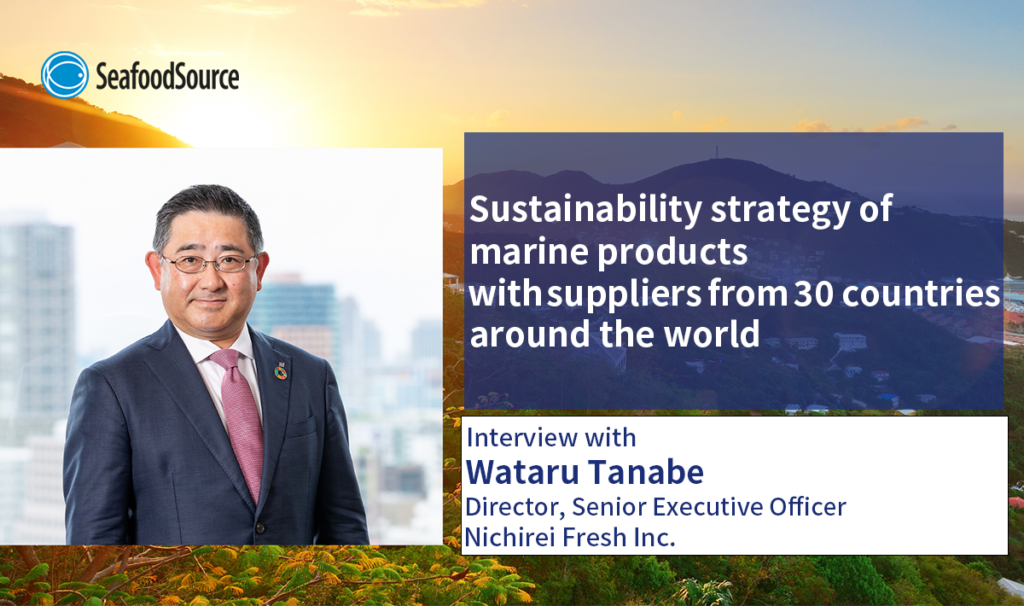
_-1024x606.png)

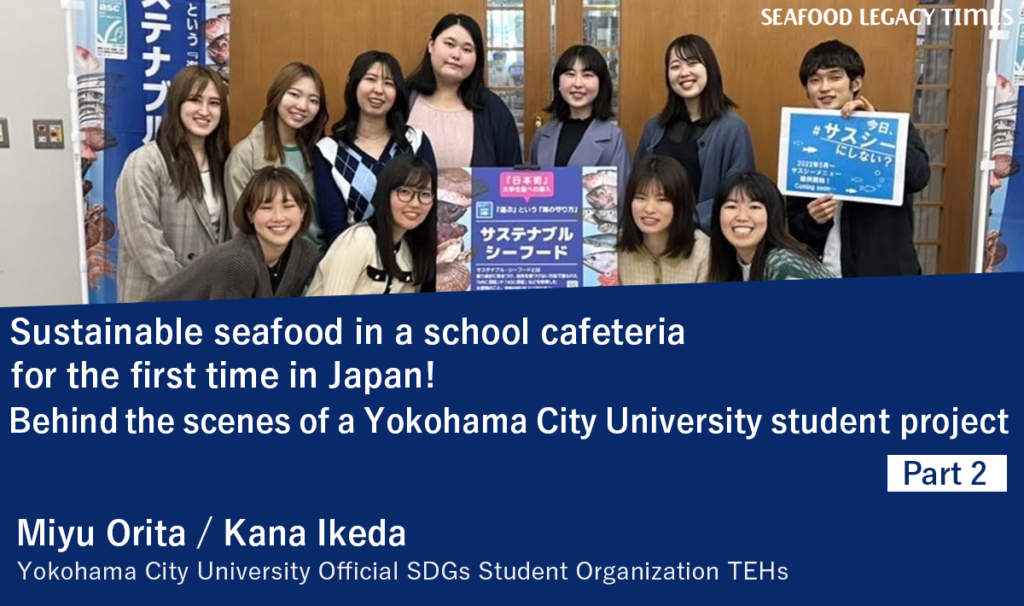
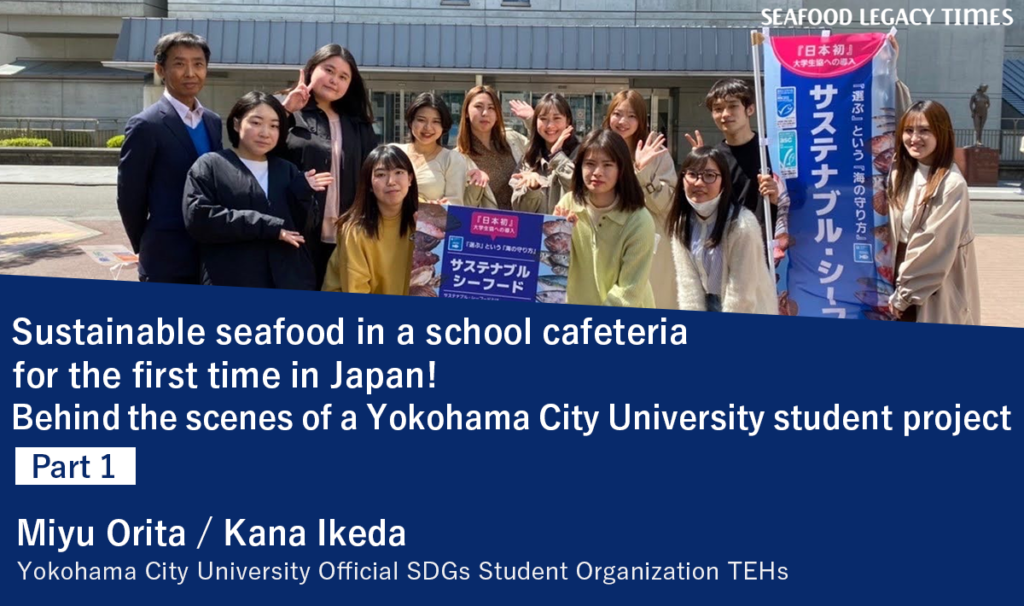



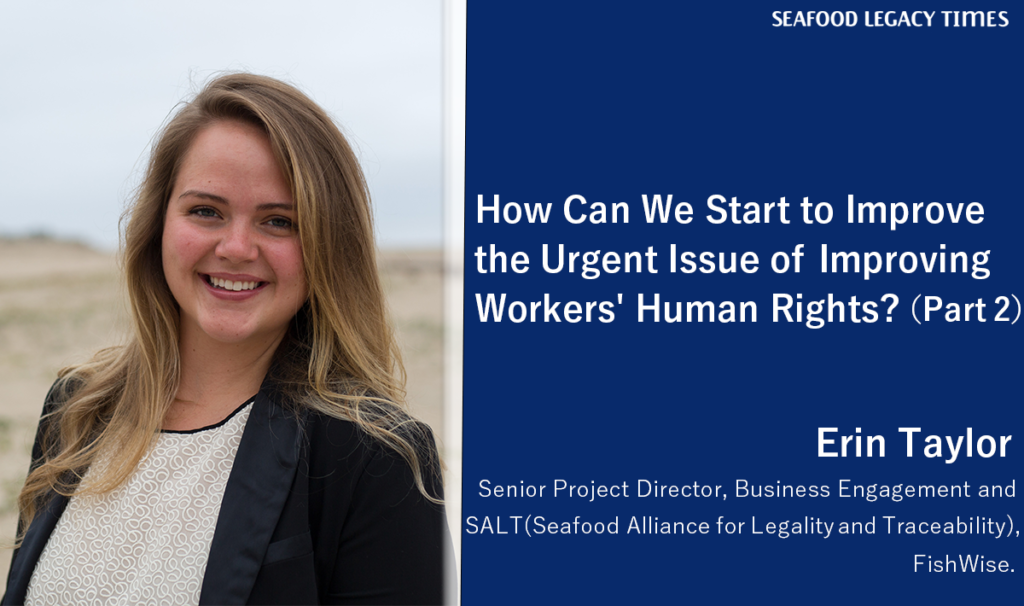
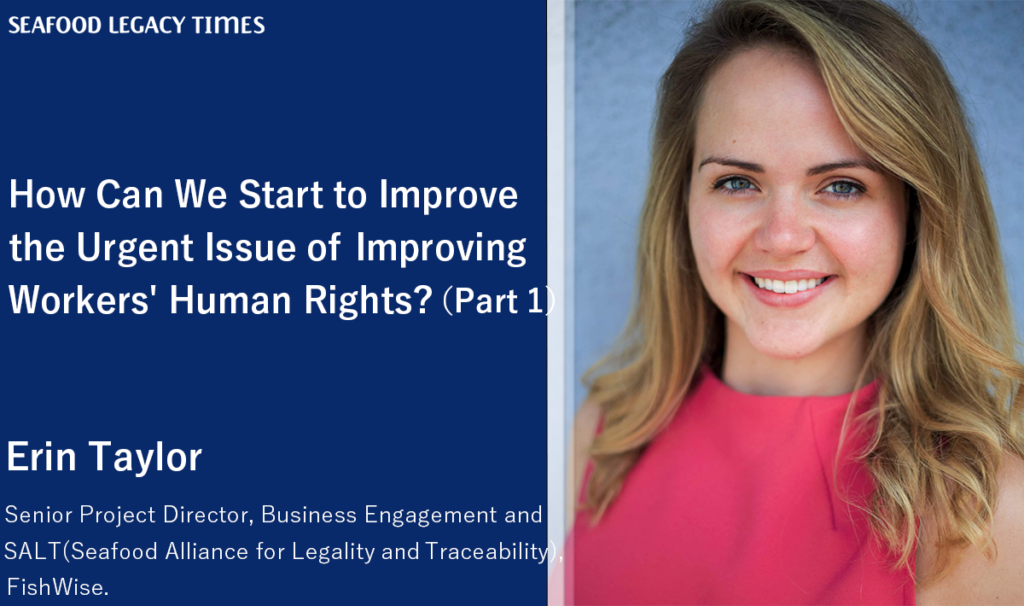
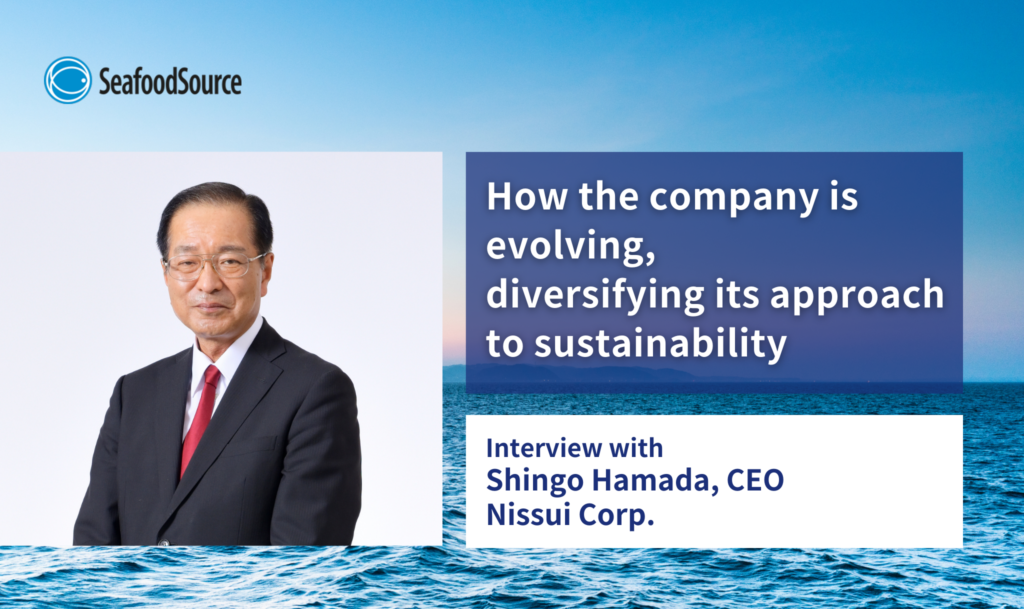




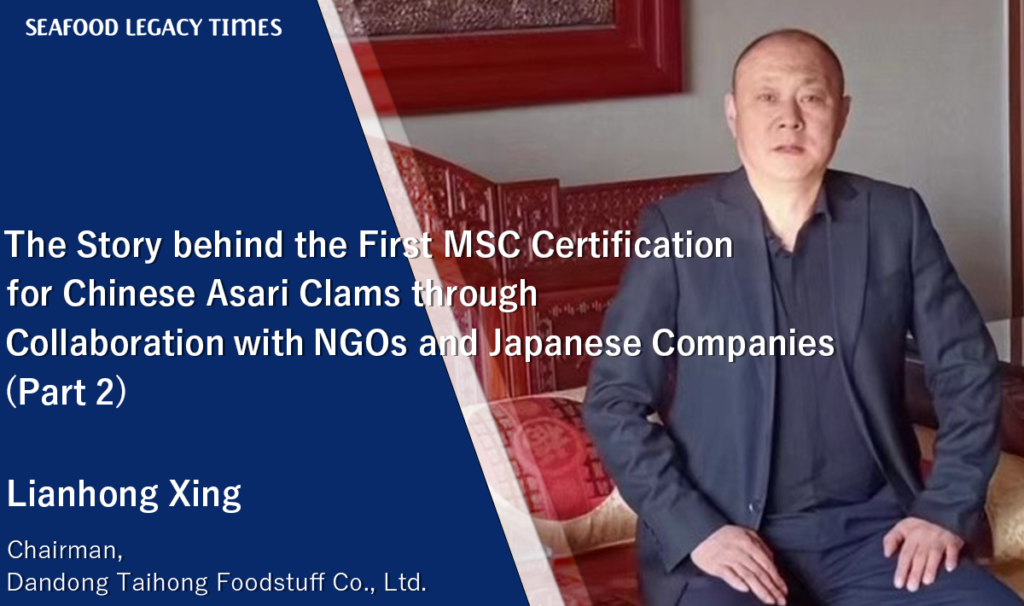
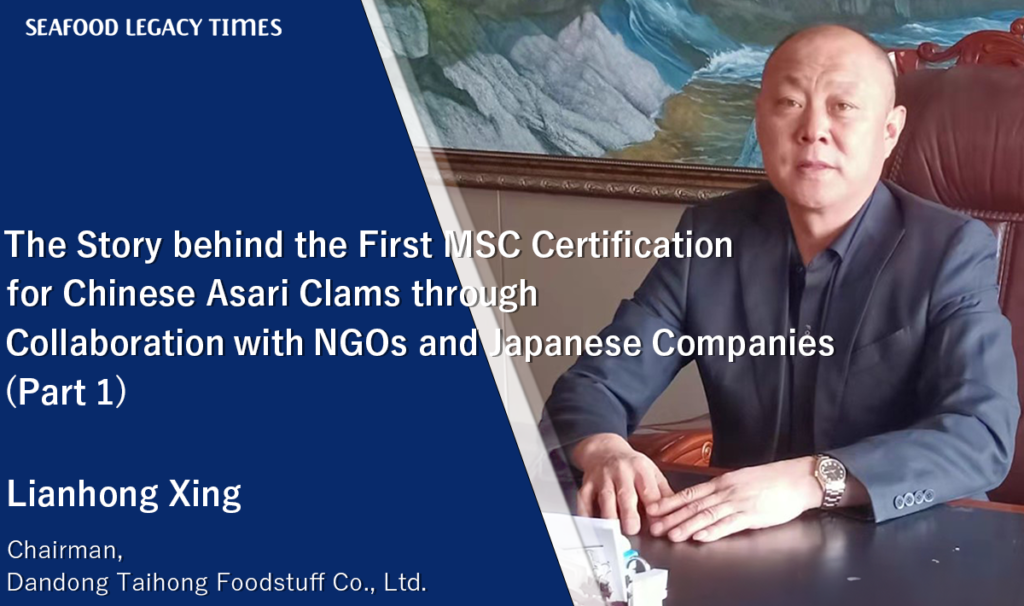

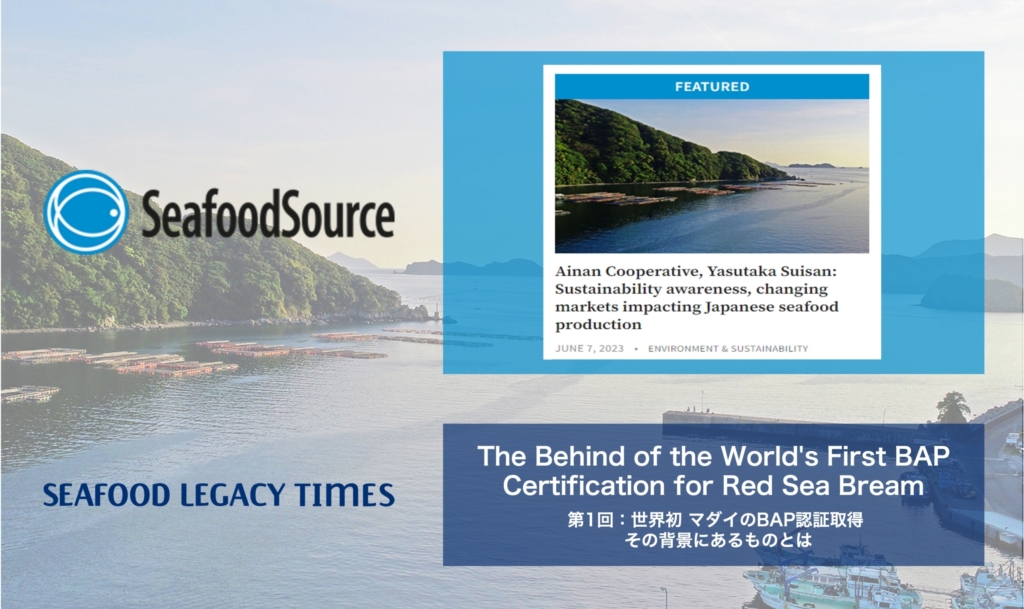

1_修正524-1024x606.png)


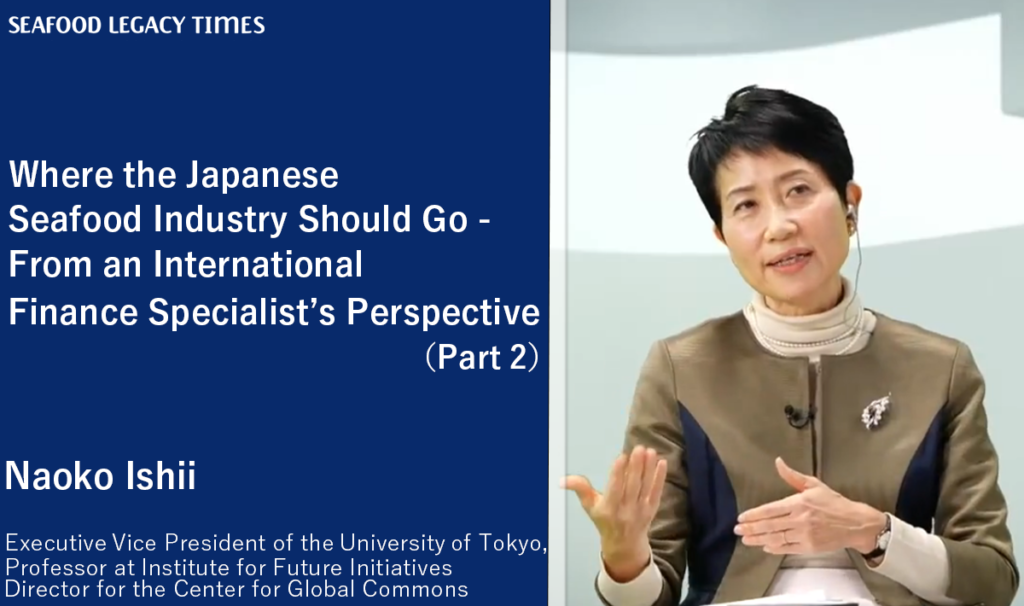







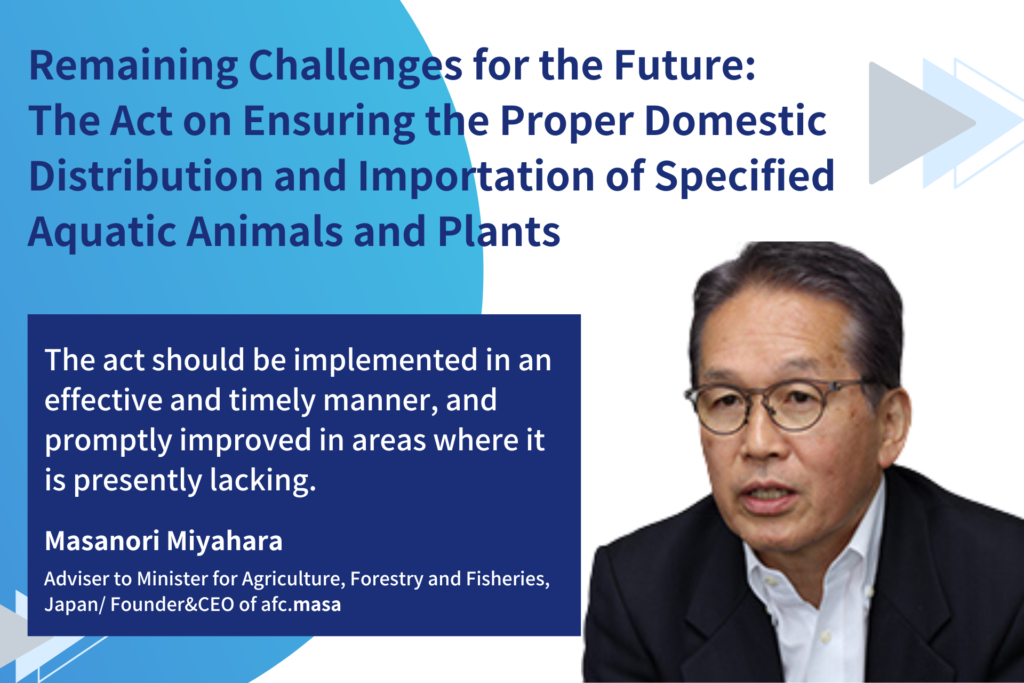
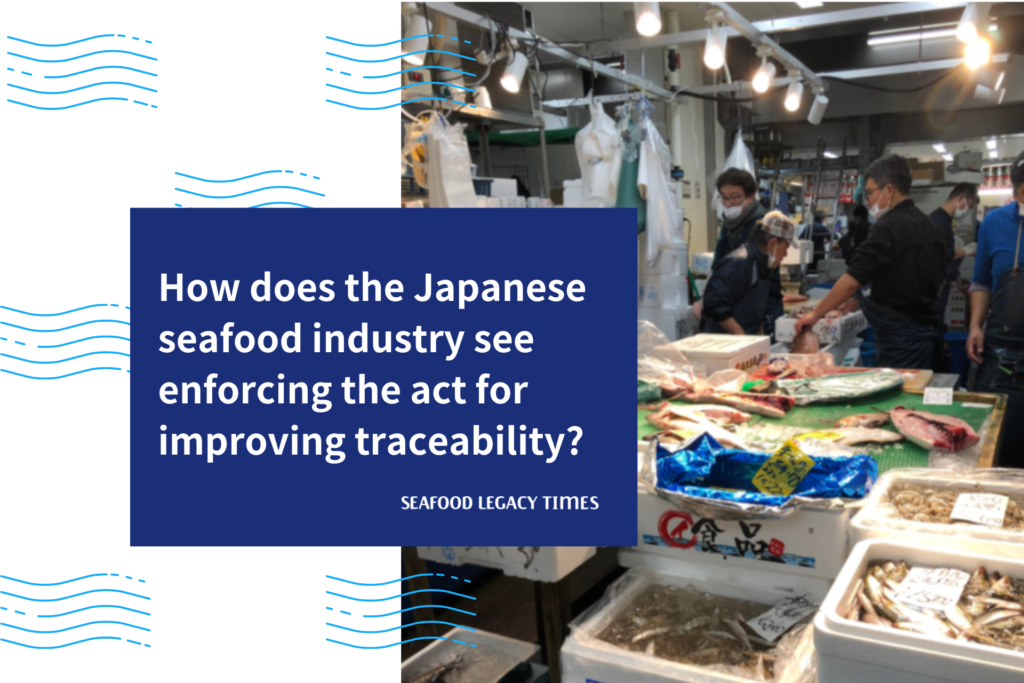



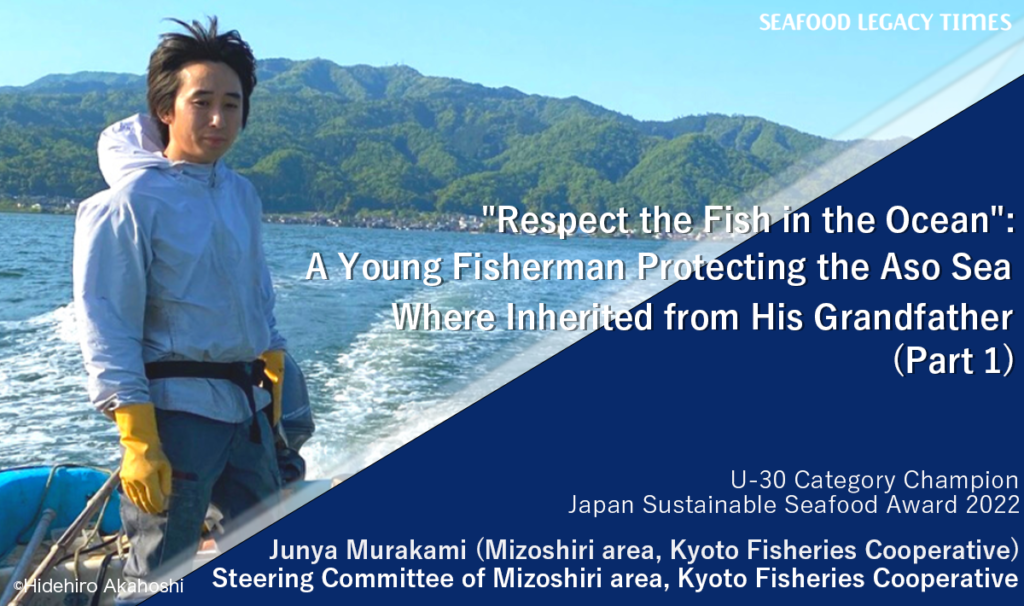
.2-1024x606.png)
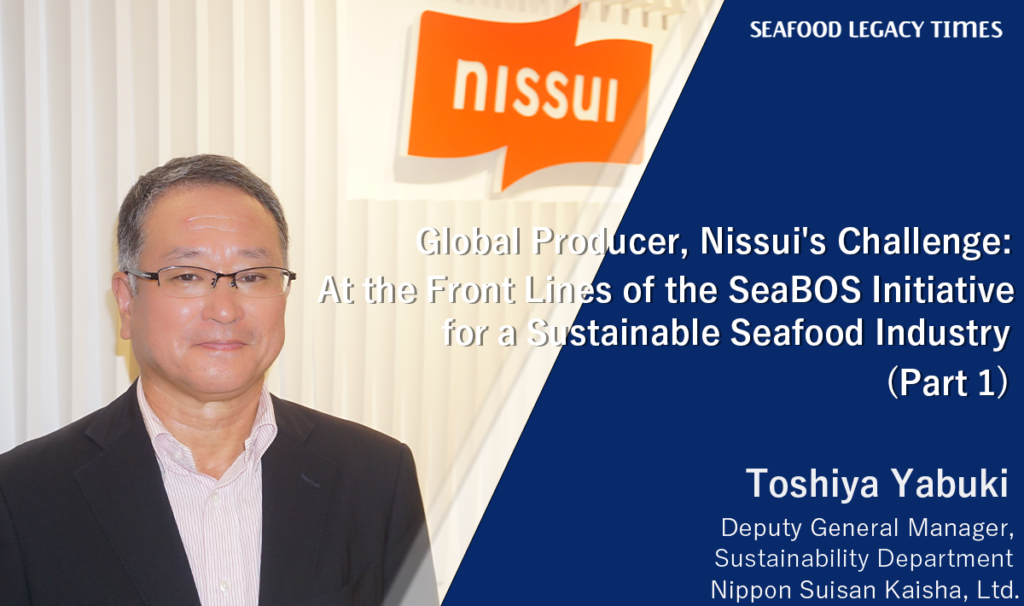
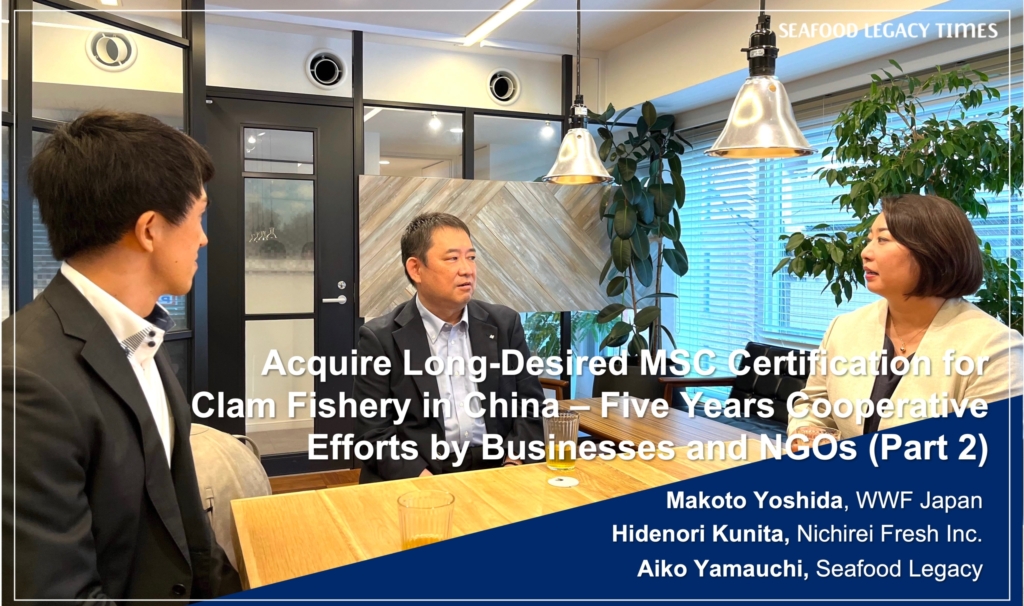
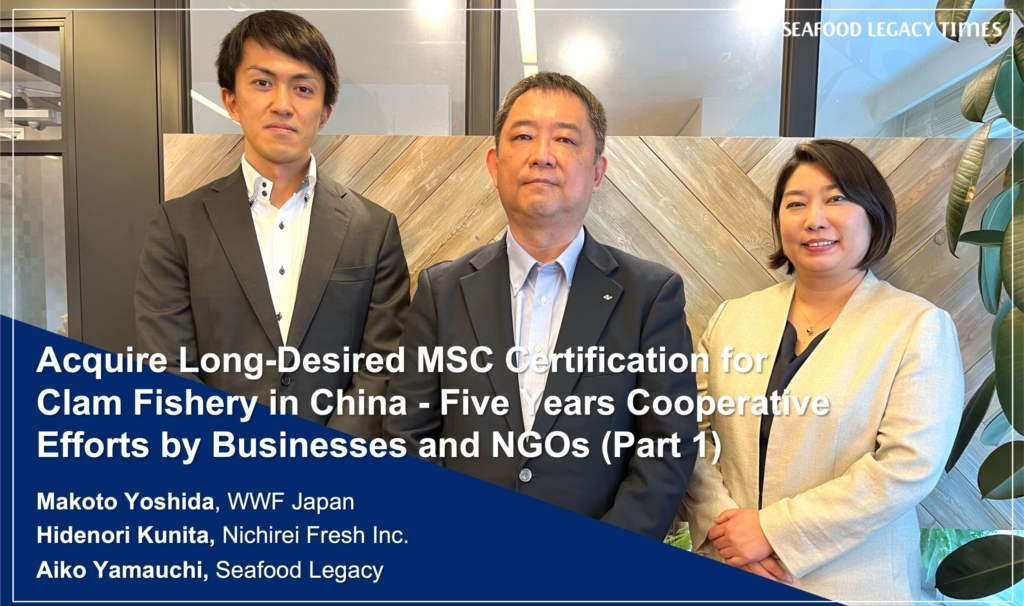






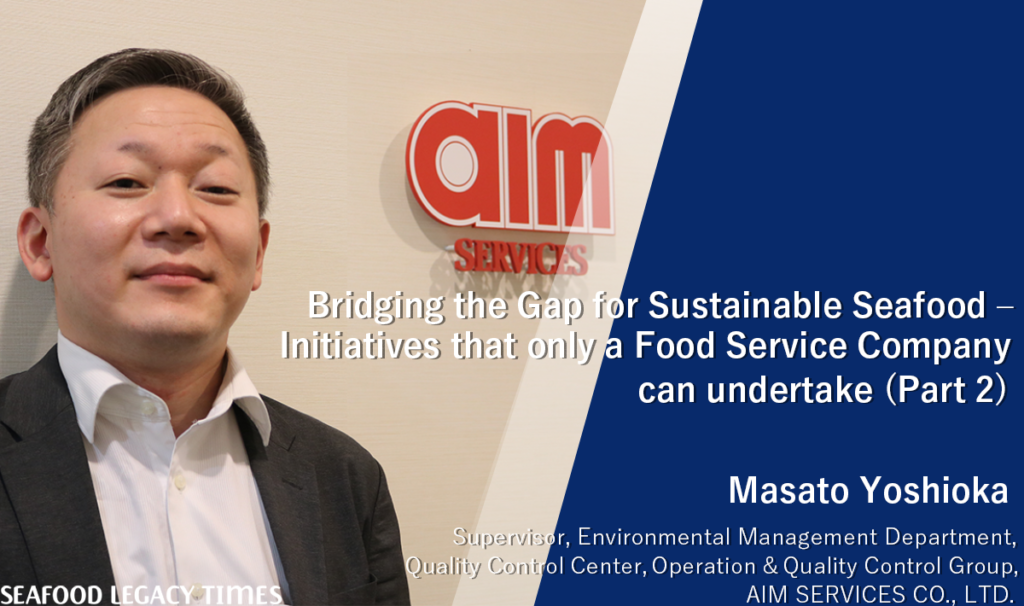
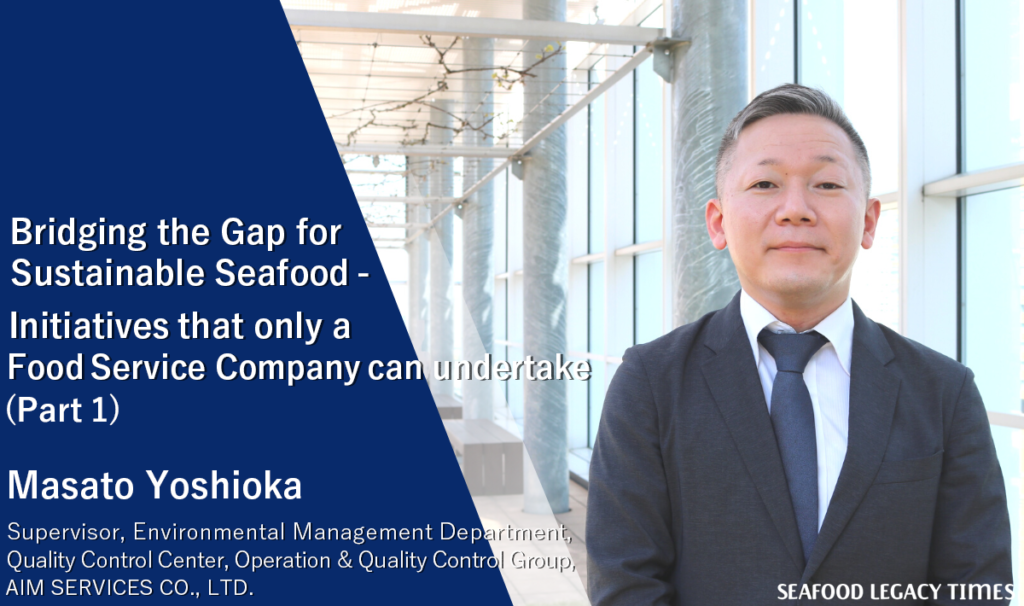
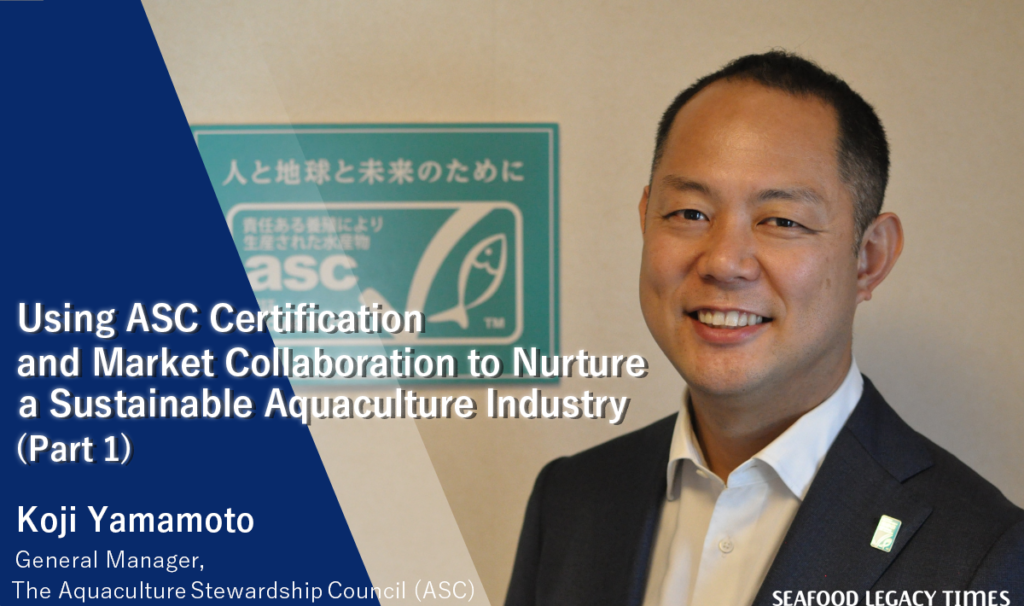
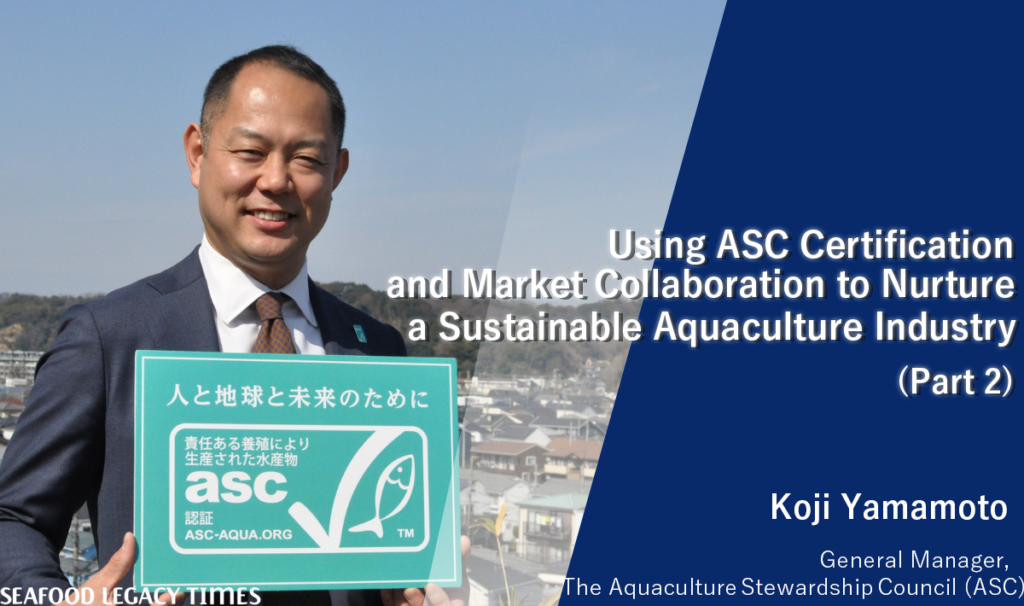
2-1024x606.png)
-1-1024x606.png)
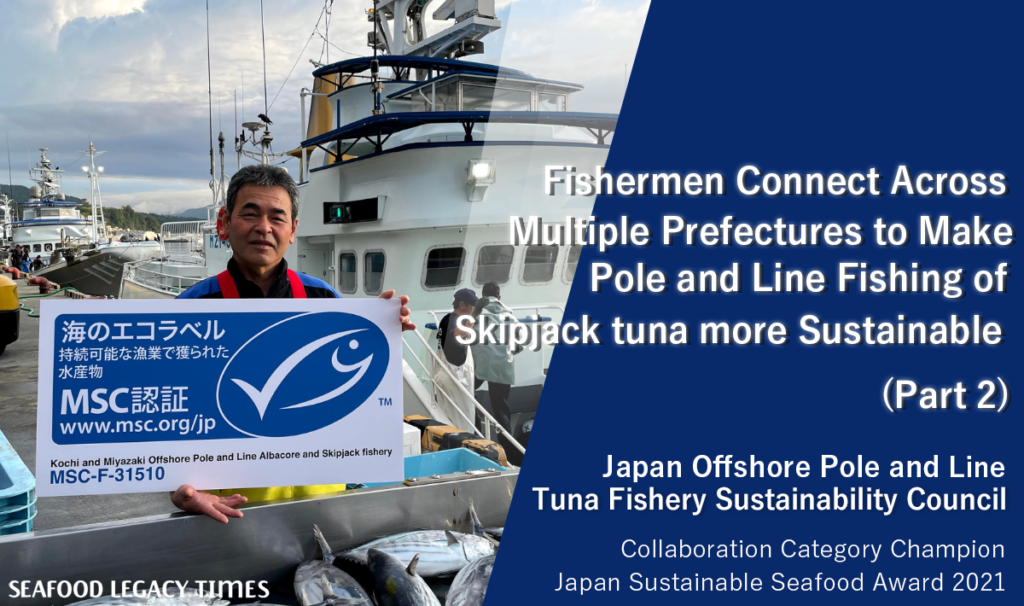
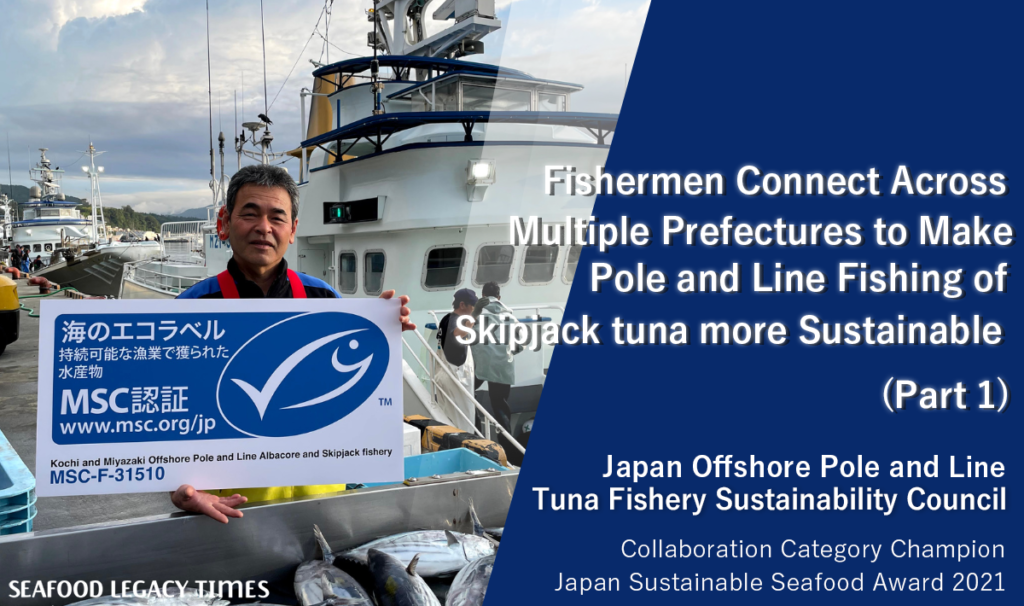
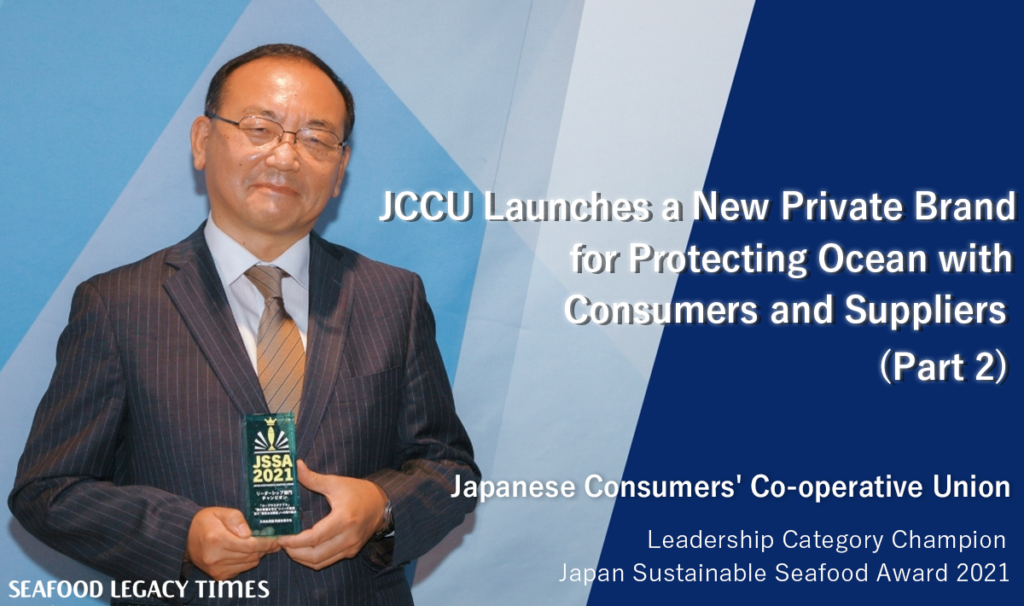
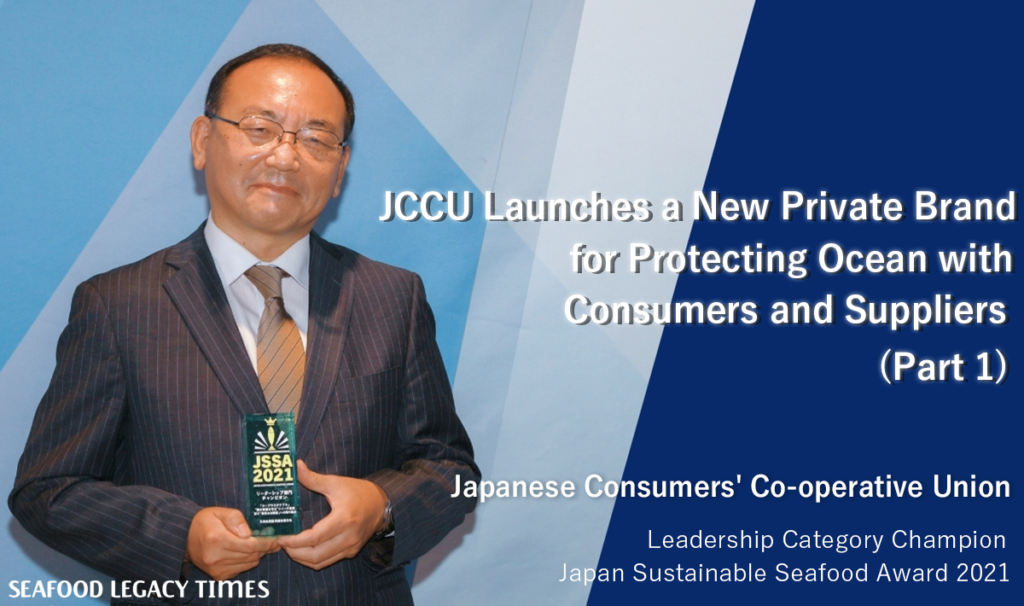
Part2-1024x606.png)
Part1-1024x606.png)
